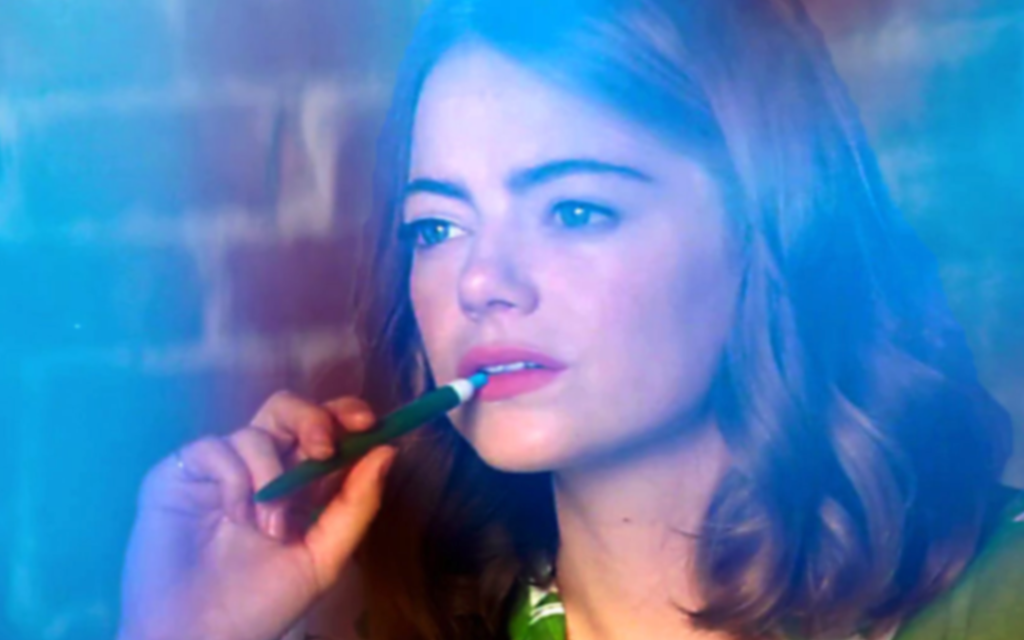Dialogue: The Art of Subtext
August 12, 2020
For me, writing dialogue is the most fun part of writing a screenplay. Action generally stays the same; the same tone, same sentence structure, same grammar. Dialogue, on the other hand, can be wildly varying, depending on the characters populating your world. Dialogue is where a writer gets to try on different voices, much like an actor does. Memorable dialogue can also elevate a screenplay to legendary status. If you think about your favorite movie, or the ones considered classics, I’m sure you can spout off at least one line of dialogue. Some movies are immediately identifiable from a key line: If I say, “You’re gonna need a bigger boat,” I’m pretty sure you know which movie I’m talking about. Language is how we communicate as people, with all our differing viewpoints, sensibilities and ways we approach the world. The beating heart of your screenplay is often to be found in how characters converse with each other. Dialogue, in my opinion, is where a screenplay really comes alive.
But sometimes it’s what isn’t said by your characters that is more telling. There can be a tendency to want to use dialogue to convey information about your story when it might be more effectively shown visually. When you are writing a screenplay, you’re writing for a visual medium; an overreliance on dialogue can make your script feel a little more like a play than a movie or TV show. If you lean on dialogue as a way to impart information, you’re also closing yourself off to more creative, compelling ways of telling a story. What your characters aren’t saying to one another can create mystery, tension and suspense.
Your character can also express their intentions without saying exactly what they are. When Vito Corleone says, “I’m gonna make him an offer he can’t refuse,” in The Godfather, the implication is that if this guy doesn’t do what the godfather wants, something real bad is going to happen to him. The godfather could have also said, “If this movie producer doesn’t give Johnny Fontane a role in his movie, I’m gonna cut off his horse’s head and put it in his bed.” But if he said that it would have killed any kind of anticipation for what was about to happen, and the scene wouldn’t have been half as shocking if we knew what was coming. It also says a lot about the godfather’s character that he speaks this way: He’s classy, witty and never lets people know exactly what he’s thinking, which is what makes him a formidable enemy. What the godfather doesn’t say in that line tells us the sort of person he is.
On the other side of this, the other characters in The Godfather don’t walk around talking about what a powerful guy Vito Corleone is. They don’t have to; we know from his actions and the way people act around him that he’s important. Having characters kiss the godfather’s hand show us visually that he’s powerful. It wouldn’t be nearly as effective if the characters just walked around saying, “Boy, that godfather sure is a powerful, scary guy. Better not mess with him!”
Sometimes dialogue can set off an entire mystery that isn’t answered until the end of the movie. When Citizen Kane says, “Rosebud,” we won’t have a clue of what this means until the very end of the movie. The mystery makes the viewer want to keep watching. If he’d said, “Rosebud is my sled from when I was a kid and I miss the simplicity and happiness of that time and all the money in the world can’t change that,” we’d probably be less inclined to keep watching. It also wouldn’t be as poetic.
Sometimes your characters don’t need to speak at all. In A Quiet Place, the family is unable to speak aloud most of the time because it puts their lives in danger. This not only raises the stakes of communication, it also makes the lines that are finally spoken all the more poignant and devastating. A Quiet Place is a stunning example of visuals telling a story and dialogue taking a back seat.
So when you are writing dialogue, think about what your characters aren’t saying just as much as what they are. Equally important is how they say it. A useful exercise is to make a list of your characters’ defining traits: Are they powerful? Mysterious? Untrustworthy? Sloppy? By knowing who your characters are and what defines them and their actions, you’ll know more about what they would say, and what they wouldn’t. This will elevate your characters faster than you can say, “You talkin’ to me?”
Read More: What is the Iceberg Theory and How Can It Help Your Writing?
Written by: Kathy Charles
Kathy Charles is a Los Angeles based screenwriter. Her screenplay THE KINGS OF MAINE appeared on the 2016 Hit List and Black List.- Topics:
- Discussing TV & Film




